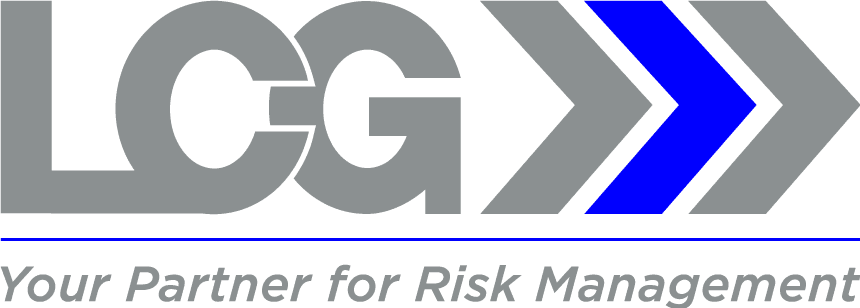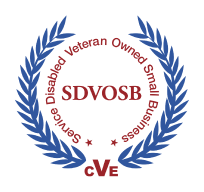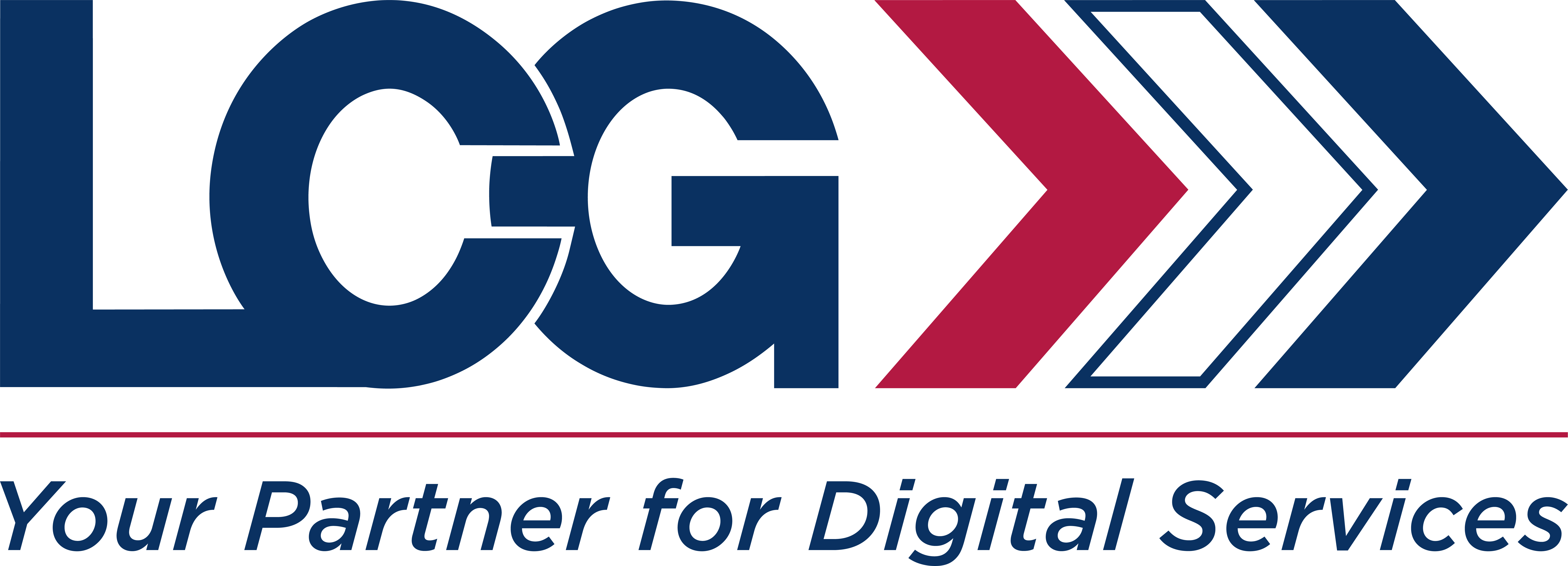Contributed By Ken G. Tisdel, Chief AI and Innovation Officer, Founder of LCG Discovery Experts
Artificial Intelligence is no longer just predicting what might happen; it’s starting to decide what will happen. This leap from predictive AI (which forecasts outcomes) to prescriptive AI (which recommends and triggers actions) is transforming industries.
Banks are freezing accounts before fraud occurs. Logistics systems reroute shipments in real time. HR tools shortlist or reject candidates without human review. These capabilities promise speed and efficiency, but they also introduce new governance and legal risks that organizations can’t afford to overlook.
At LCG Discovery & Governance, we’ve seen both the value and the vulnerabilities of prescriptive AI. The difference between innovation and liability often comes down to whether AI is deployed inside a governance-first framework.
From Insight to Action: The Governance Gap Widens
Predictive AI is like a weather forecast; it informs human judgment. Prescriptive AI is like an autopilot; it takes the controls. Once a system starts making decisions, the governance stakes escalate dramatically:
- Accountability – Who’s responsible if an automated decision harms a customer or violates the law?
- Auditability – Can you reconstruct the decision process for a regulator or a court?
- Compliance – Does the system align with frameworks such as ISO 27001, the NIST AI Risk Management Framework, or GDPR Article 22 on automated profiling?
Without clear answers, organizations risk automating liabilities rather than efficiencies.
Four Governance Failures That Turn AI into a Liability
- Lack of Traceability – If you can’t show how a decision was made, you can’t prove it was lawful. A UK case involving AI-based benefits suspensions was dismissed when the government failed to produce decision logs for its algorithm.
- Poor Explainability – Courts don’t accept “the algorithm decided” as a defense. U.S. lending laws and the EU’s GDPR both require clear, specific reasons for automated denials.
- Embedded Bias – Amazon’s abandoned hiring algorithm repeatedly downgraded female applicants due to biased historical data. Similar claims in Mobley v. Workday allege age discrimination in automated screening.
- Weak Forensic Defensibility – Under FRE 702 and the Daubert Standard, AI-generated evidence must be transparent, tested, and documented. Without validation reports and chain-of-custody logs, even accurate models may be inadmissible.
When Automation Backfires: Lessons from the Field
- Banking – A global bank’s fraud-prevention AI wrongly froze high-value corporate accounts. Regulators levied fines and required a complete governance overhaul.
- Healthcare – An automated triage tool deprioritized patients with rare but serious conditions. Investigators cited HIPAA Security Rule governance failures when no audit trail was available to explain the decisions.
- HR – A recruiting AI filtered candidates by ZIP code, resulting in an EEOC complaint and costly remediation when the company couldn’t disprove bias.
Each case had a common thread: decisions made without governance guardrails.
The LCG Governance-First Model for Prescriptive AI
LCG helps organizations deploy prescriptive AI that is fast, compliant, and defensible. Our approach includes:
- Defined Accountability – Assign ownership from model design to executive oversight.
- Comprehensive Logging – Capture inputs, model versions, outputs, timestamps, and any human overrides, preferably with blockchain-grade traceability.
- Explainability by Design – Pair black-box models with narrative layers that make outputs legally intelligible without revealing proprietary IP.
- Proactive Bias Testing – Audit models with representative datasets at regular intervals.
- Forensic Validation – Document training, testing, deployment, and monitoring processes for expert testimony readiness.
Building Your AI Governance Playbook
| Phase | Key Deliverables | Standards & Tools |
| Pre-Deployment | Risk assessment, bias audits, data lineage maps | ISO 27001, NIST AI RMF |
| Deployment | Decision logging, human override processes | Logging frameworks, blockchain hashes |
| Post-Deployment | Continuous monitoring, quarterly bias reviews | Governance committees, regulatory updates |
| Incident Response | Forensic investigation, litigation documentation | Chain-of-custody protocols |
Why Governance Is Not Optional
Every AI-driven decision is discoverable and subject to legal scrutiny. Regulators and courts care about one thing: Can you prove the decision was controlled, fair, and defensible?
When governance is embedded from the start, prescriptive AI becomes a strategic asset, not a hidden liability.
Next in the Series – Part 3: AI and the Chain of Custody
We’ll explore how AI-powered evidence collection can impact metadata integrity, chain of custody, and forensic soundness, and why, even in an AI-driven world, human oversight remains non-negotiable.
References & Further Reading
- The Guardian – Universal credit: algorithm that caused hardship to thousands to be fixed – UK Department for Work and Pensions AI case.
- WIRED – The Coming War on the Hidden Algorithms That Trap People in Poverty – Analysis of algorithmic transparency and accountability challenges.
- Sanford Heisler Sharp LLP – Amazon Abandons AI Recruiting Tool That Showed Bias Against Women – Case summary and implications for hiring AI.
- National Law Review – Mobley v. Workday: AI Hiring Tools Under Age Discrimination Scrutiny – Legal analysis of AI-based hiring discrimination claims.
- Federal Rules of Evidence (FRE 702) – Cornell Law School Legal Information Institute – Expert testimony standards.
- Daubert v. Merrell Dow Pharmaceuticals, 509 U.S. 579 (1993) – Full opinion from the U.S. Supreme Court.
- General Data Protection Regulation (GDPR) Article 22 – EUR-Lex Official Text – Automated decision-making and profiling provisions.
- ISO 27001 – International Organization for Standardization – Information security management standard.
- NIST AI Risk Management Framework – NIST Official Publication – Guidelines for trustworthy and accountable AI systems.
- U.S. Department of Health and Human Services – HIPAA Security Rule – HHS.gov Official Guidance.







